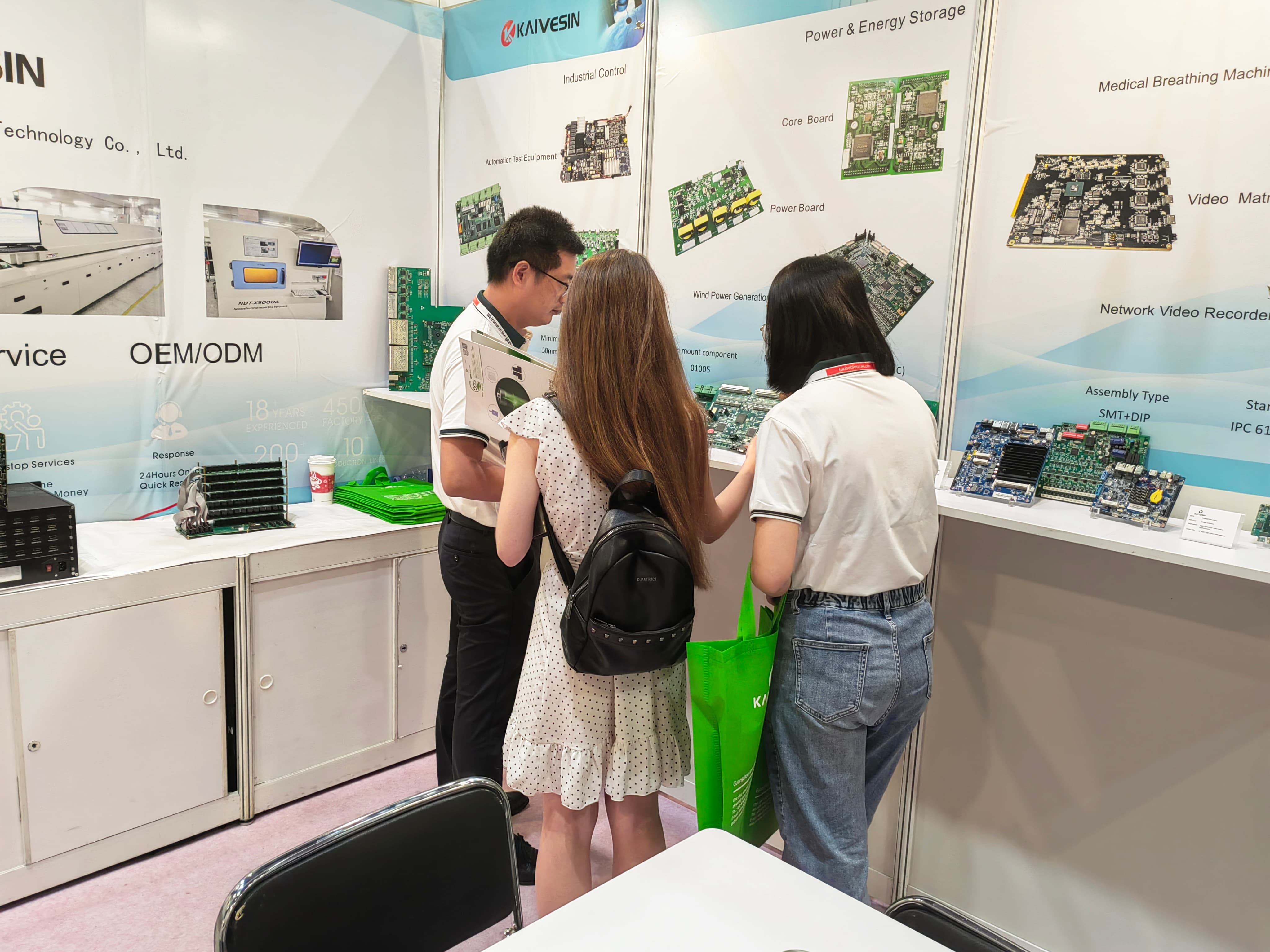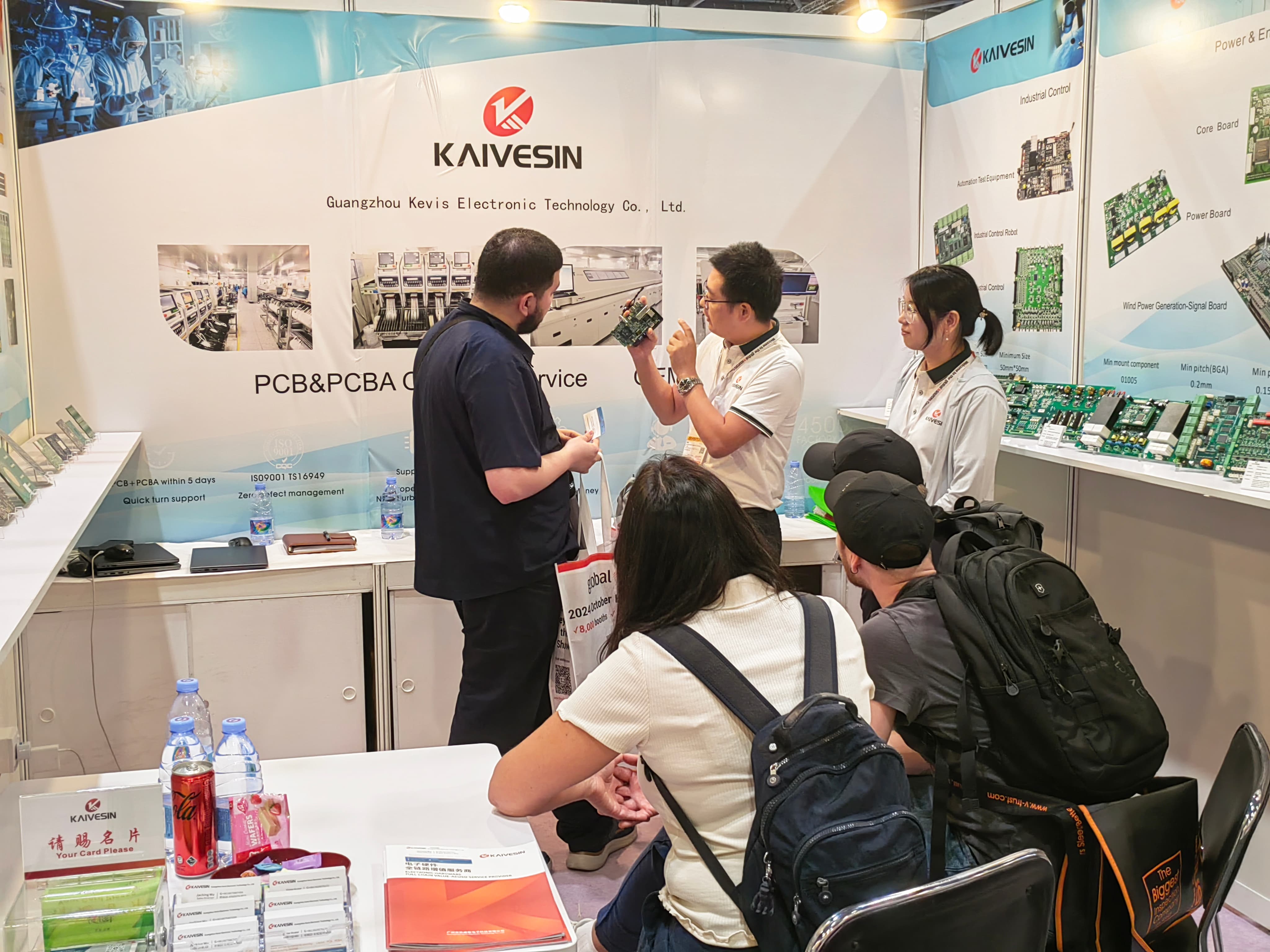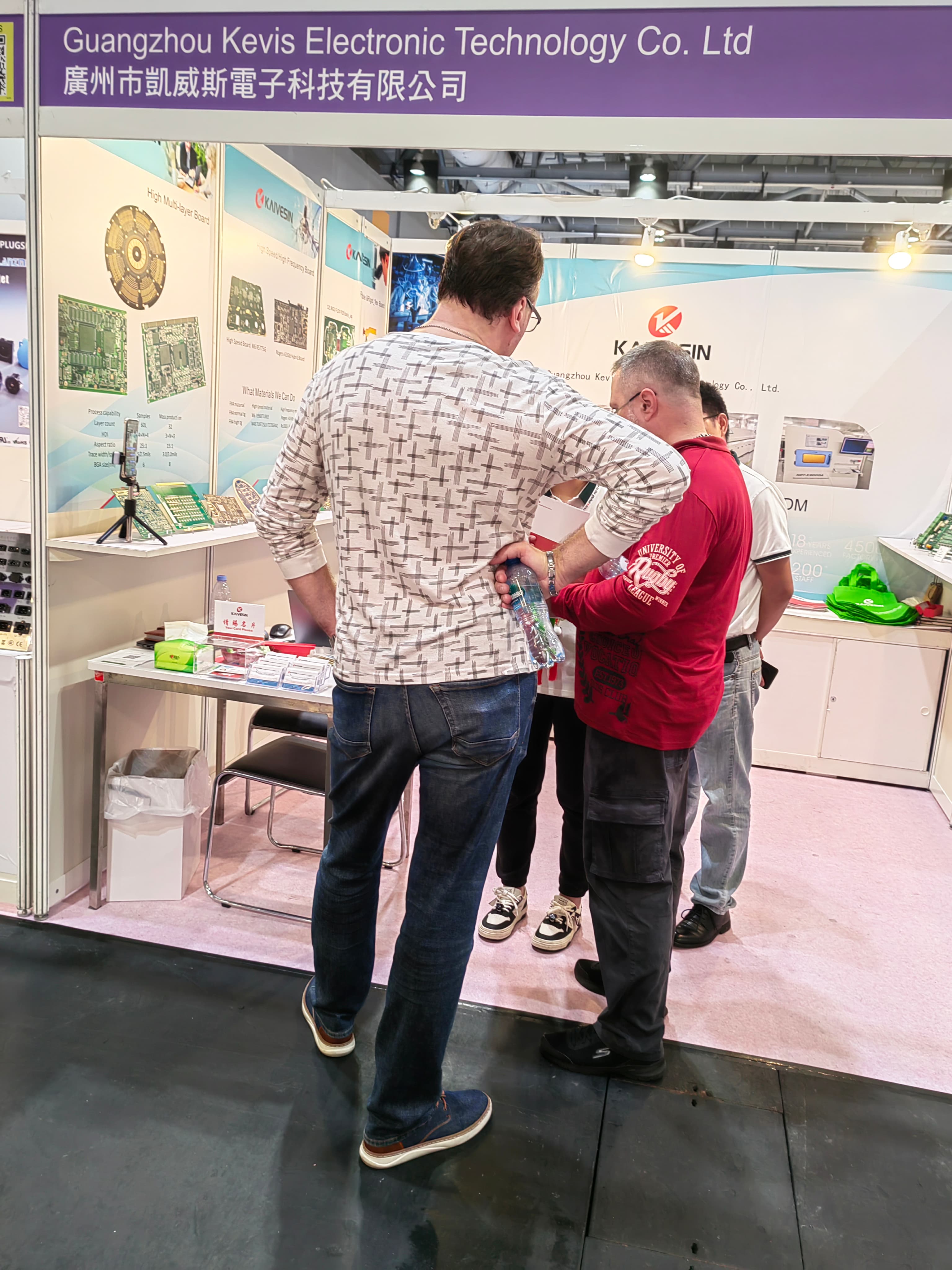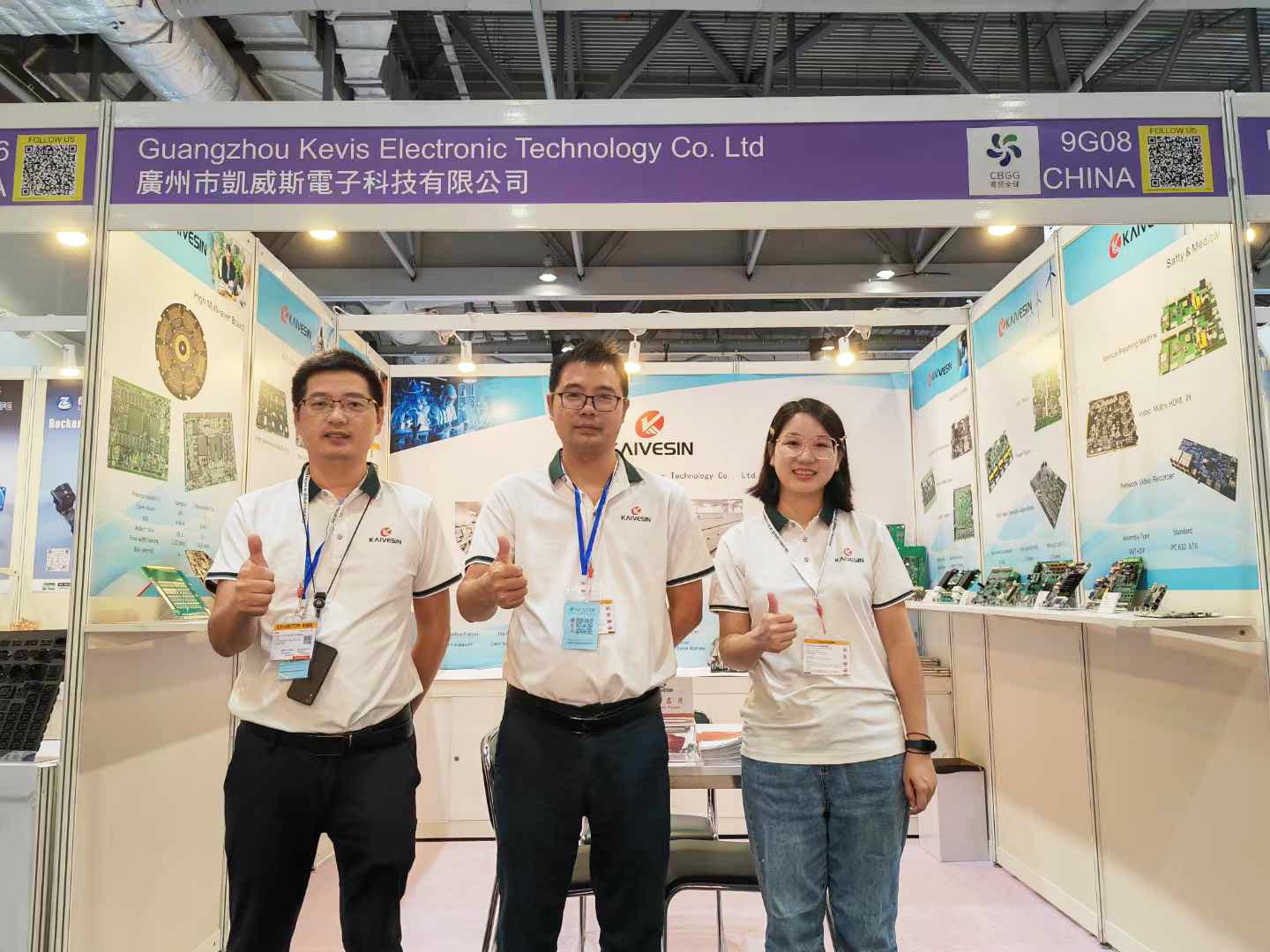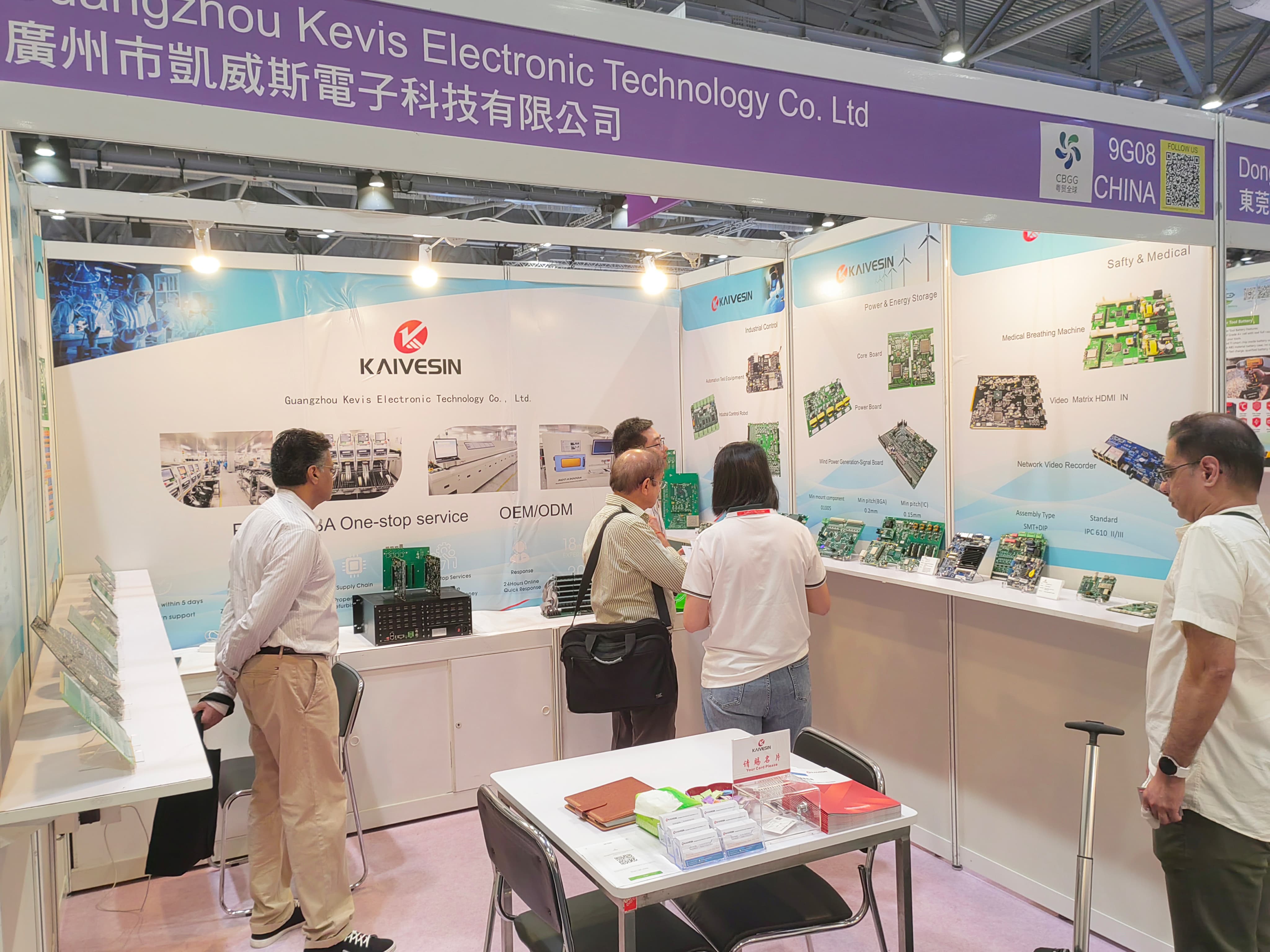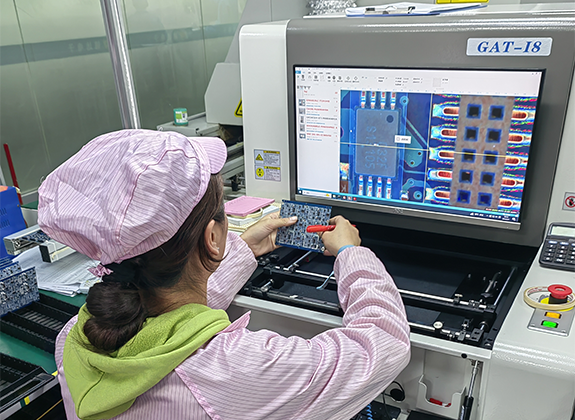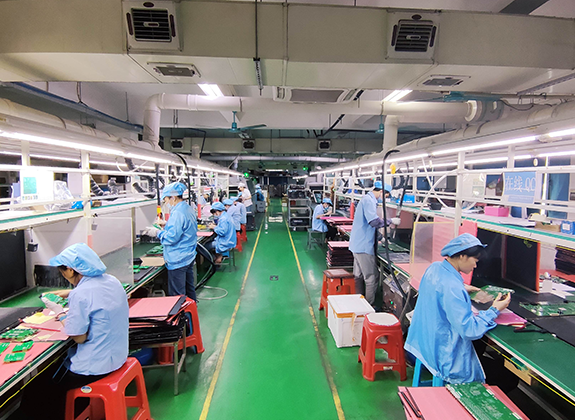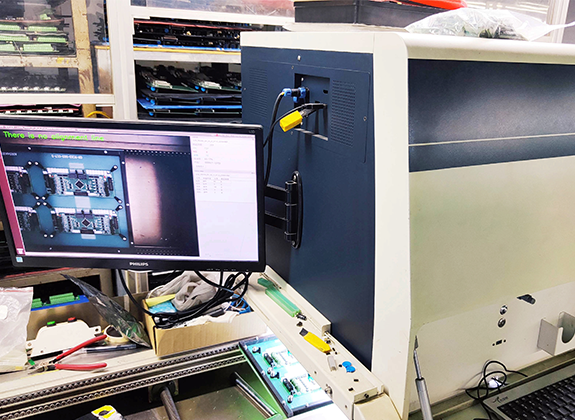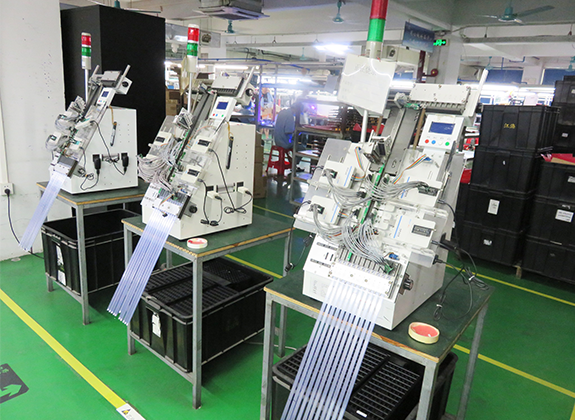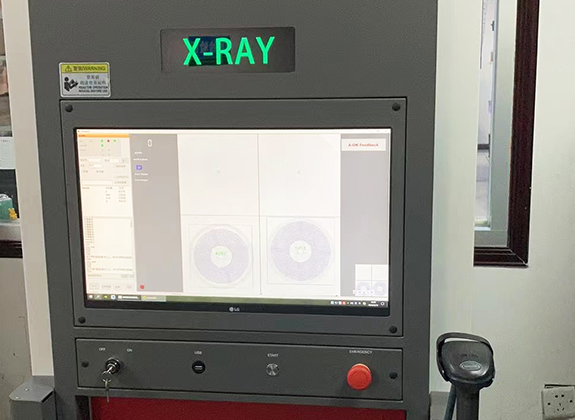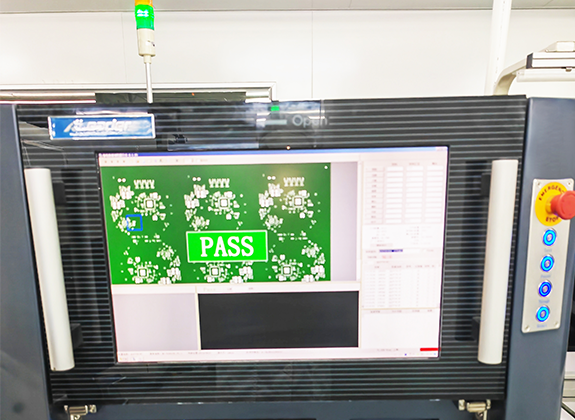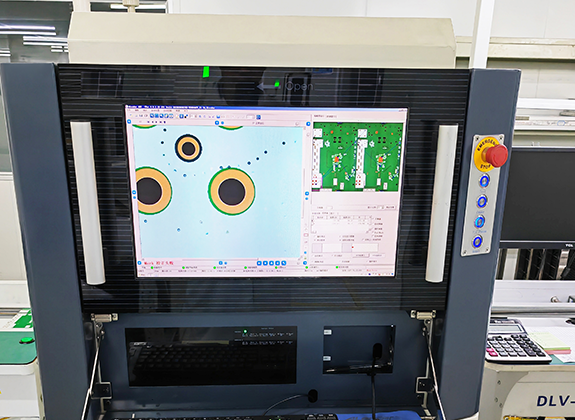
One-Stop Service,
Trustworthy Partner And Supplier.
- PCB Design
- PCB Production
- PCB Assembly
Products
Why Choose Us?
Kevis has more than 18 years of production experience, equipped with a professional PCB design team and production personnel, and equipped with advanced automated production equipment to meet the personalized needs of different customers and ensure high-quality and efficient product delivery.
Quality Assurance
Delivery Capabilities
Service Capabilities
Process Capability
Our Services




Distribution Agent
Application
About Kevis
Electronic Technology
Guangzhou Kevis Electronic Technology Co., Ltd. is located in Guangzhou Science City with many high-tech enterprises gathered here and is a full-link value-added service provider integrating electronic component distribution, agency, SMT patch processing, PCB Layout and technical solutions. Kevis has a professional sales and technical team which serves industrial control, medical electronics, power electronics, semiconductor testing, communication networks, rail transit, new energy and automotive electronics industries;
Kevis has obtained ISO9001, ISO14001, TS16949 and other quality management systems, and has up to 10 production lines and a workshop area of 4,500 square meters. It is equipped with high-precision advanced automated production equipment to flexibly meet customers's needs from R&D proofing to mass production of products to realize the personalized demands of different customers, and provide full-link electronic hardware services for customers
Exhibitions & Customer Visits
Kevis provides one-to-one professional services to customers around the world, strives to become an excellent supplier
trusted by customers around the world, and provides customers with excellent technical support and product services.
Factory Display
Corporate Culture
Our Honours
Our Partner Brands
Blog
28 Nov 2025
PCB Innovations: Elevating Kaivesin Solutions
27 Nov 2025
PCB: Unlocking Innovation with Kaivesin’s Expertise
26 Nov 2025
Exploring PCB Manufacturing and Reliable Circuit Solutions
Welcome!
Thank you for choosing our PCB solution! Here you will find first-class PCB design, manufacturing and testing services. Let's work together to achieve your electrical engineering goals。
Hello! What do you need help with?







